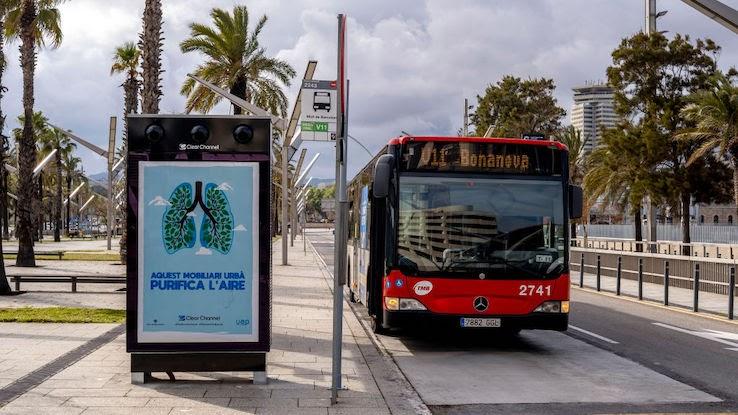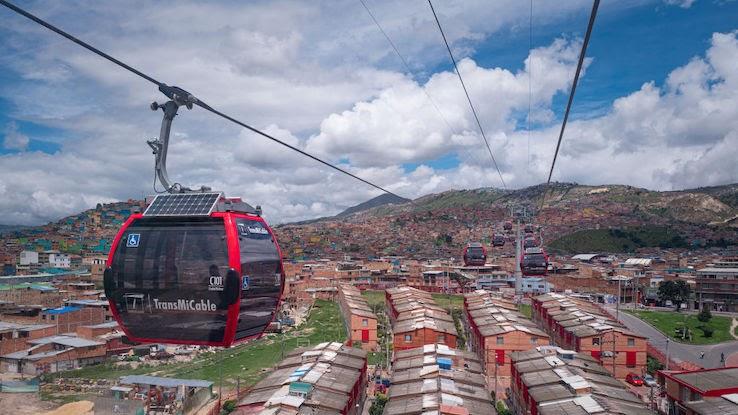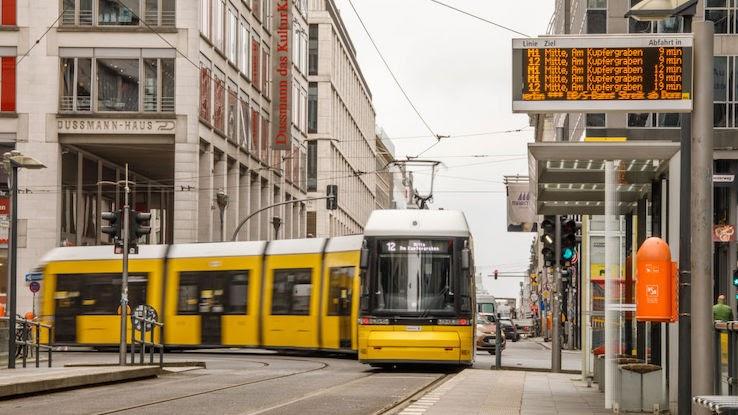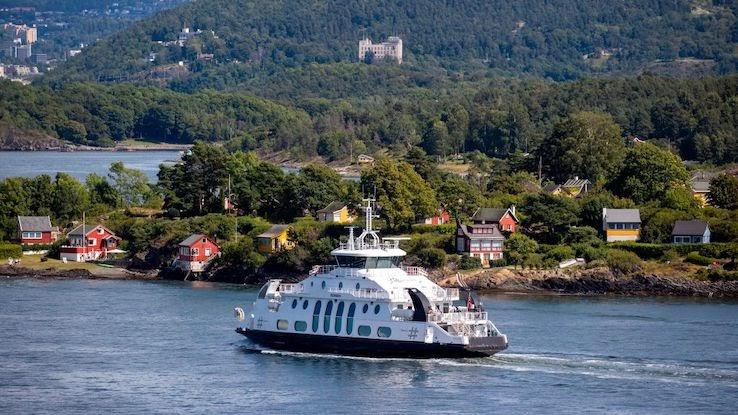How To Fight A City Ordinance Violation

Getting around boondocks is getting a whole lot greener. Cities across the earth are starting to take steps toward reversing climate change, and they're focusing many of these efforts on updating their public transit systems and providing more eco-friendly means for residents to get around. This is an important step — according to the United Nations, "cities are major contributors to climatic change" that "consume 78% of the world'due south energy and produce more than than 60% of greenhouse gas emissions." When cities start to make changes that limit their greenhouse gas emissions and reliance on fossil fuels, these shifts can take a big (and positive) impact on climate change.
More than one-half of the world's population lives in cities, and traveling around in these urban areas while going about daily life is ane of the main sources of pollution on Earth. That's one big reason why cities across the world are taking the initiative to brand their public transit systems more sustainable and adult — but also less reliant on fossil fuels. These efforts have the potential to meliorate daily life for millions of people while helping the planet at the same time. From Bogotá to Bergen, these are some of the innovative means cities are rethinking transportation to make the world a healthier place.
Barcelona Is Electrifying Its Transit Offerings

Barcelona, Spain'south second-largest city, is going electric. This important cultural middle is somewhat known for its pollution — from both vehicle emissions and noise from those vehicles — and it'due south now taking steps to turn things effectually. As one of the European countries participating in the USER-CHI project, which aims to install more charging stations and related infrastructure for electric vehicles, Kingdom of spain is providing more support for drivers who opt to bulldoze these types of cars. The country is besides planning to classify about €140 billion in pandemic relief funds to various electrical vehicle-related projects.
In addition to edifice more than charging stations, Barcelona's public transit is seeing some electrifying new changes. TMB Barcelona, the metropolis's transit provider, is now merely buying "clean" buses — those that are battery-electric, hydrogen powered or hybrid. Past 2030, the urban center is aiming to brand more half of its double-decker armada electric, and information technology'southward well on its way.

For decades, residents of Bogota, Republic of colombia's sprawling uppercase, primarily used public buses to become around, and these diesel-fueled vehicles created aplenty air and noise pollution in the densely populated urban expanse. In addition to looking to the streets for a solution to these issues, transportation planners are also searching the skies to help limit greenhouse gas emissions. Bogota, along with Medellin, which is the third about densely populated city in the world, have begun installing solar-powered cable cars to whisk residents across boondocks quickly and quietly.
The systems, called TransMiCable in Bogota and Metrocable in Medellin, have almost no carbon footprint. Routes that send residents from outlying suburbs into the urban center centers also have merely 15 minutes of travel time — a drastic reduction from the xc minutes it took to make the same journey on a diesel bus.
Only buses aren't totally obsolete in the Colombian capital. The metropolis doesn't have light track or subway systems, but it does have a robust network of bus routes. Instead of abandoning them completely, city transportation planners are flipping the switch to electrical. Transmilenio, the metropolitan surface area's transit agency, expects to have 1,485 of the motor coaches on the road and replacing their diesel counterparts past the end of 2022 — giving Bogota one of the largest fleets of electric buses in the globe.
Berlin's Eco-Friendly Transit Is "On Track"

In Berlin, Deutschland, the city'southward electric trams recently celebrated their 140th altogether. But this occasion is an important 1 for multiple reasons. Aside from their impressive historic period — they're function of the first electric tram arrangement in the world — the streetcars, half of which were torn out when the Berlin Wall was constructed, are experiencing a renaissance.
To recognize the value of this electrified transit system and correct the fault of initially removing information technology, city planners implemented an initiative to reinstall and extend various tram road lines. They've encountered a few logistical challenges forth the way, one of which involves deciding whether to build the tram its own split bridge across the Spree River, but they're hoping to have the metropolis's main electrical tram infrastructure (and a bridge solution) ready by 2027.
Bergen'south Bringing Battery Power to the Seas

Norway has already made the switch to electric buses, and now one city, Bergen, is turning its attention to the seas. The country has one of the globe's more all-encompassing ferry systems, and many of its boats once ran on high-pollution diesel fuel. Recently, however, Bergen has begun "moving its public ferries away from diesel and onto batteries." In the summer of 2020, it introduced its get-go electric ferry on a short voyage that travels between the urban center and a nearby island. Like the electric cars people are starting to bulldoze more and more, the ferry even has its own large-calibration charging station.
Bergen isn't stopping in that location, however. The metropolis plans to introduce more bombardment-powered boats to its ferry lineup in the coming years, and the balance of Norway is post-obit adjust. In late 2021, the country was "habitation to virtually 3-quarters of the 274 vessels globally that run at least partly on batteries," and "its fleet of 31 fully-electrical machine ferries is expected to nearly double by the cease of the year," according to Concern Insider. Ultimately, Norway hopes to halve its emissions from shipping and domestic fisheries by 2030, and steps similar these are key in reaching these goals.
Source: https://www.reference.com/history-geography/cities-climate-change-public-transit?utm_content=params%3Ao%3D740005%26ad%3DdirN%26qo%3DserpIndex&ueid=95176ea5-ffea-42d0-b500-9fb3c6328f3a

0 Response to "How To Fight A City Ordinance Violation"
Post a Comment